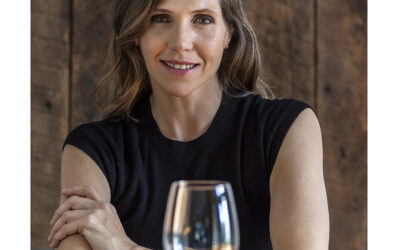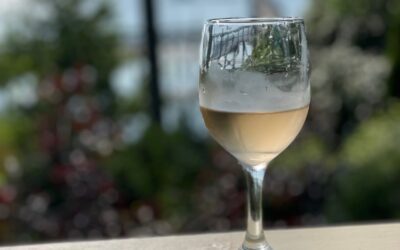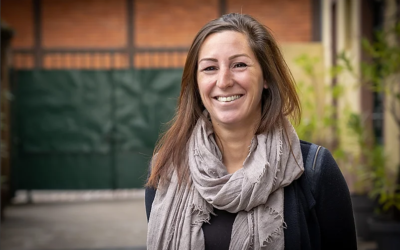Bordeaux is a wine region in southeast France that has a reputation for some of the most expensive wines in the world. While there are many well-known chateaux whose wines command premium or super premium prices, the majority of Bordeaux wines are inexpensive, often sold in supermarkets in France or Europe and can be easy drinking and approachable. Whether a few Euros or hundreds, these wines are generally all blends of two grapes or more grapes.
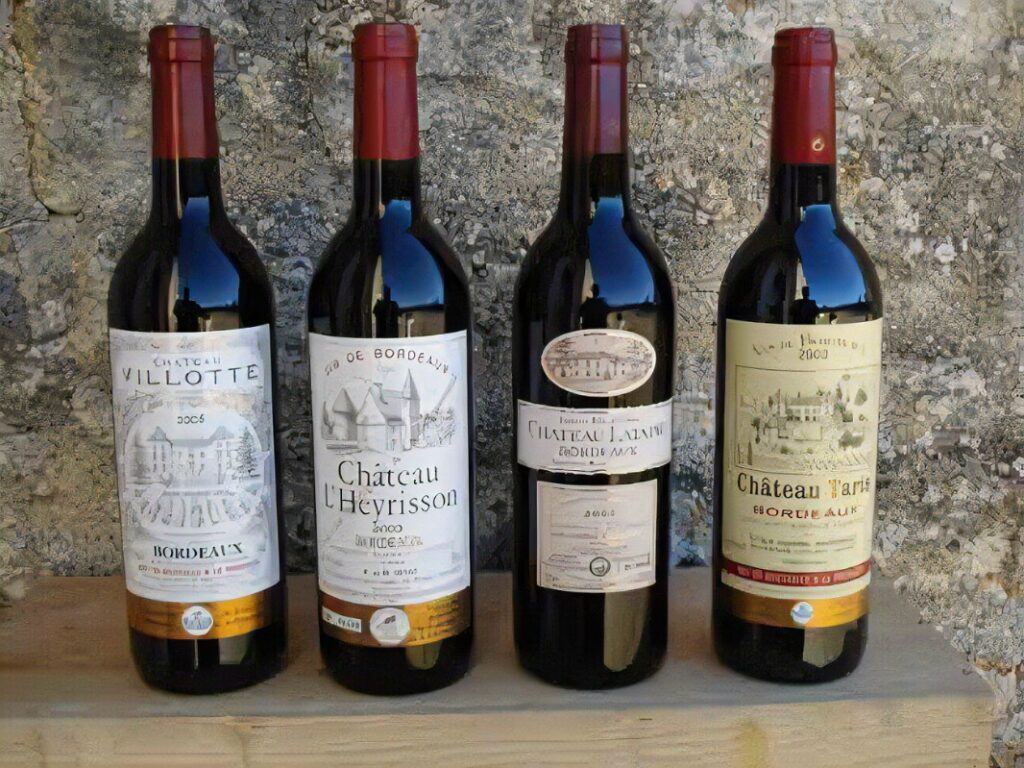
For red wines, which make up about 85% of production, the blends are mainly Cabernet Sauvignon and Merlot, along with a bit of other authorized varieties like Cabernet Franc, Petit Verdot, Malbec and Camenere.
(A white blend would most likely include at least two from Semillon, Sauvignon Blanc, Sauvignon Gris and Muscadelle. Today I’m just going to address red Bordeaux blends. I’ll tell you more about whites when I delve into styles of Sauvignon Blan in another article.)
Let’s talk about the biggest difference, and that is which grape is dominant in the blend. Much of this depends on where the wine is made, and the grapes grown.
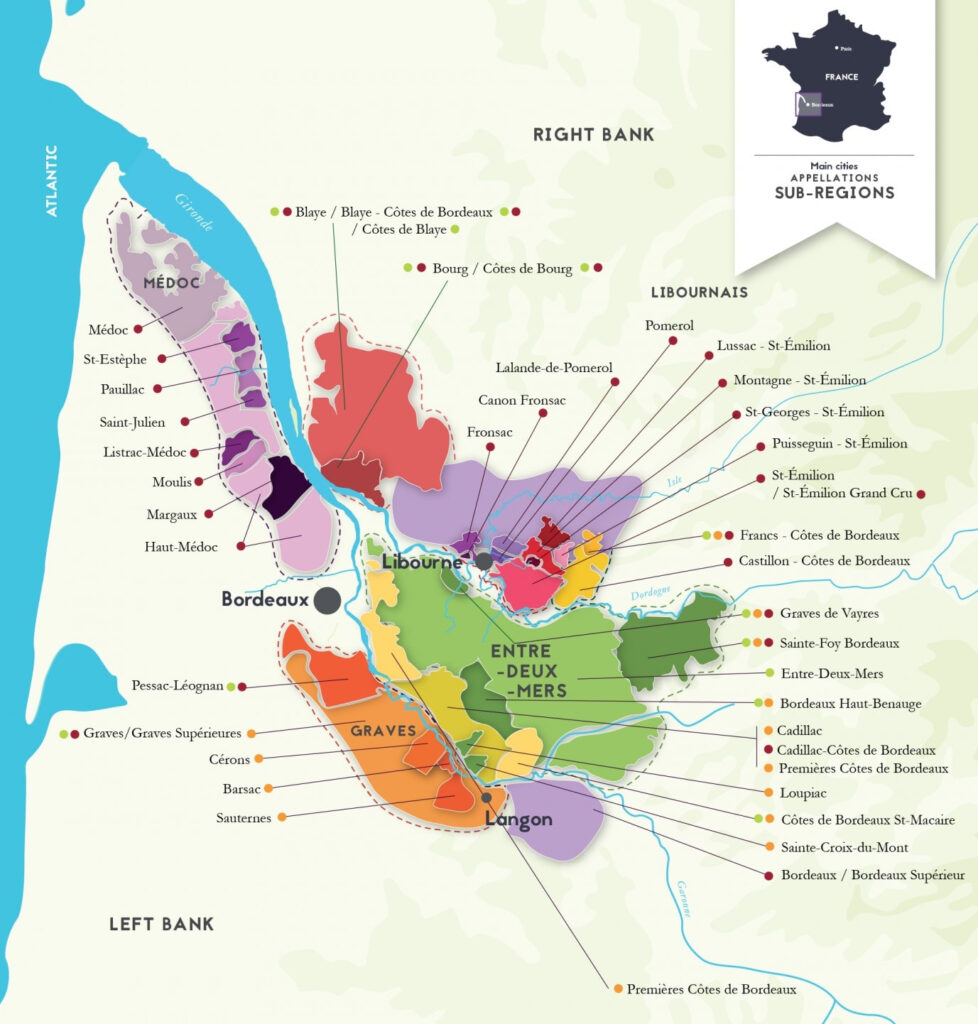
A generic Bordeaux AOC wine will be sourced from anywhere in the region and will more than likley contain a higher portion of Merlot. Most of the wines you find at the supermarket, or the lower shelves of the wine shop will be these easy drinking, somewhat uncomplicated wines that may have some Cabernet Sauvignon or other grapes in them as well.
Left Bank
On the Left Bank of the Garonne (which is the right side as you face the Atlantic), the soils are gravelly and warm. The stones absorb heat and reflect it back to the vines at night. Also the Atlantic Ocean can moderate the temperature and make it warmer. These factors allow Cabernet Sauvignon to ripen well and gives it richer flavors. Other parts of the Bordeaux region are too cool or do not have the best conditions to grow this grape. Thus a “Left Bank Bordeaux” will have more Cabernet Sauvignon in the blend than Merlot.
For this wine, look for labels that have these appellations: Medoc, Hau Medoc, Saint-Estephe, Pauillac, Saint-Julien, Margaux, Graves and Pessac-Leognan. Note that many of the most expensive Bordeaux’s are from this region.
Right Bank
The soils in this region are predominantly clay, a cool soil that is not the best to grow Cab Sauv so that it will ripen fully. But Merlot loves this soil and does not need as much warmth to ripen. Wines from this region tend to be Merlot forward. This region is also father away from the moderating influence of the Atlantic Ocean, which keep day and night temperatures from fluctuating as much as on the Right Bank.
Look for wines from St. Emilion, Pomeral, Bordeaux, Bordeaux Superieur, Cotes de Bordeaux, Cotes de Castillon, Cotes de Francs, Fronsac Canon Fronsac, Lalande de Pomerol.
Why blend grapes? Well, in a maritime climate, where it can be cloudy or rainy any time of the year, grapes sometimes have difficulty ripening., Having several varieties to choose fromm, each grwoing well in certain regions, allows for more volume to be made. Also it is a matter of style. Each grape has its own identity and brings something to the blend.
Merlot represents 66% of the black varietals planted in the Bordeaux vineyards. This variety is difficult to cultivate despite being an early-ripener, and prefers cool limestone and clay soils. It can reach high alcohol levels, is aromatic with lush red fruit, and has silky, soft tannins. It brings fruit and alcohol, as well as approachability to the blend.
Despite being the grape most associated with Bordeaux, Cabernet Sauvignon represents only 22% of total vines. It blends wonderfully with Merlot, providing great structure and more herbaceous notes. It has high acidity, powerful tannins, and can age for many decades, but can be approachable when young. It is happiest on gravel soils, and thus dominates the Left Bank soils of Bordeaux.
The third most widely planted grape, Cabernet Franc, represents 9% of the red varietals. The parent of Cabernet Sauvignon, it can add elegance and freshness along with notes of smoked meat, bell pepper, black pepper and spice. This grape grows well in clay-limestone soils found throughout the region. Malbec (2%) and Petit Verdot (1%) make up the 4th and 5th place, with Carmenere having gone out of favor (and becoming a big hit in Chile). Malbec is gaining renewed interest, can age well, and offers up floral notes such as violets. Petit Verdot adds fine tannins and deep color to the wines.
Bordeaux style blends are very popular, so it’s no surprise that they can be found from many other regions in the world. Here are some to look for:
- Meritage in the US is similar in style
- Super Tuscans from Tuscany, Italy, are based on the same grapes as in Bordeaux
- Chile (where Cabernet Sauvignon is the most grown grape)
- South Africa, especially in Stellenbosch, and other regions (they may add in the local Pinotage
- Hawke’s Bay, New Zealand
- Australia, where you will find these blends as well as their own version , pairing Cabernet Sauvignon with Shiraz.
Like any other style of wine, there can be subtle or significant variations in the winemaking and flavors depending on how and where it is made. Head to the wine shop and pick up a few of these fantastic wines and see what you like best. Cheers!

